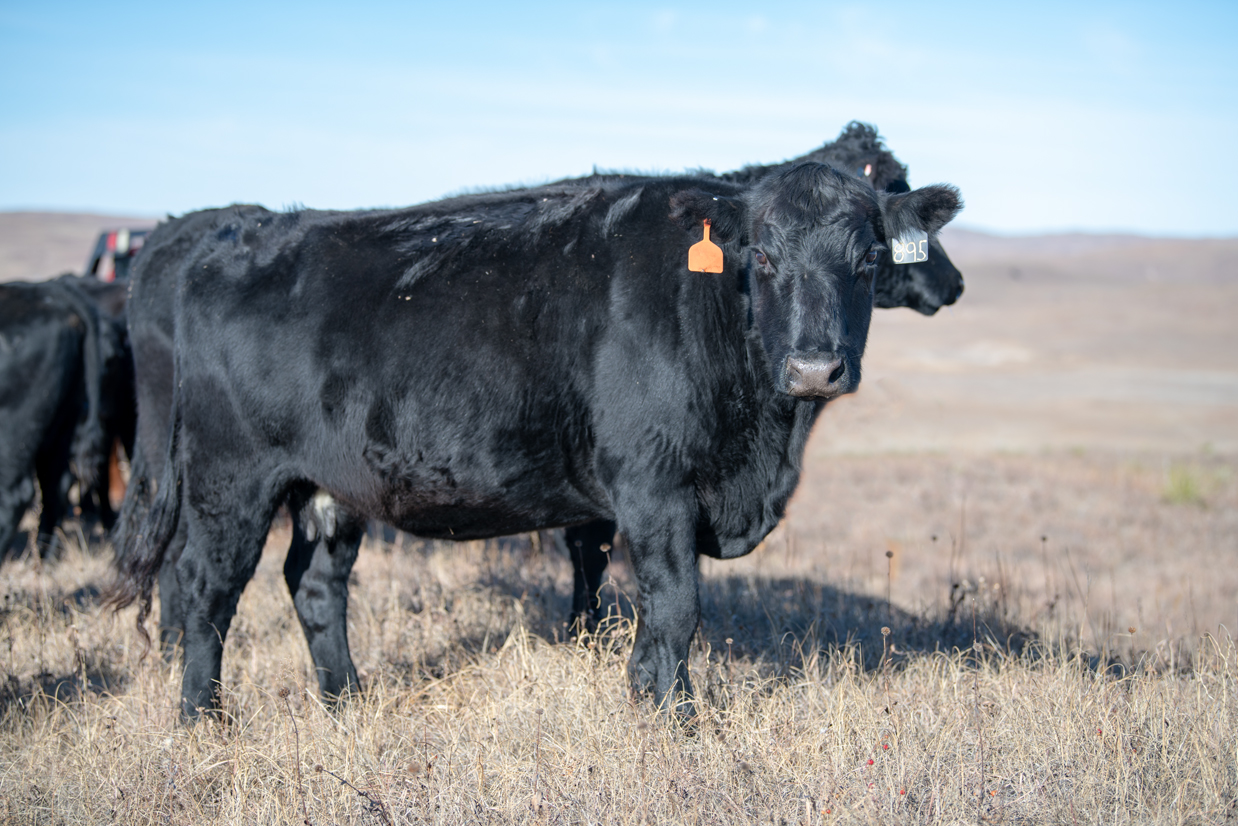Cow Costs Higher In 2022

Listen to a discussion of the content in this article on this episode of the BeefWatch podcast. You can subscribe to new episodes in iTunes or paste http://feeds.feedburner.com/unlbeefwatch into your podcast app.
As the 2022 calendar year winds down, this is a good time for spring calving herds to look at what it cost them to produce a calf in the past year. What did it cost to run a cow on your operation this year? How do you calculate the costs? How do you value raised feed, labor, equipment, as well as replacement females grown on the ranch? These questions are frequently asked when the conversation of annual cow costs comes up.
This one page budget estimates annual cow costs in Nebraska and the resulting total to produce a weaned calf under current conditions. This budget values all feed at market value, as well as labor, equipment, capital investment and the market value of replacement heifers at weaning. Frequently, when all these costs are tallied, the total surprises many cow-calf producers. A response often heard is, “Does it really cost that much?”
Feed
In looking at this budget, feed is the first and largest cost. For many cow-calf operations, grazed and harvested feed makes up 40 to 70% of annual cow costs. The market value for grazed feed and harvested feed was more expensive in 2022 as drought conditions and inflation pushed prices higher. In this budget, when all pasture and feed are valued at market price, including what is needed for replacement heifers and bulls, annual feed costs are over $700 per cow unit.
Labor and Equipment
Labor and equipment costs continue to increase. When labor is valued at what it would cost to hire someone to do the work and depreciation and expenses related to equipment ownership and operations are calculated, it frequently makes up 15 to 30% of the total annual cow costs. Equipment replacement, interest, repairs, maintenance and operating expenses trended higher in 2022.
Cow Depreciation or Replacement
Whether replacements are raised or purchased, the costs associated with getting a bred female into the herd are significant. When heifers are valued at market price at weaning and all costs from weaning to entering the herd as a bred female are calculated, this total frequently comes in as the third largest cost in a cow-calf budget. In a typical herd where open or old cows are sold and then replaced with bred heifers, the cost to do this often is 15 to 30% of total annual cow costs. A quick way to get an idea of the significance of cow depreciation is to look at the relationship between the total value of bred replacements coming into the herd in relation to the total value of cull cows leaving the herd as well as those that died. Assuming the cow herd keeps a constant head count, this value difference divided by the number of cows in the herd gives a current depreciation relationship value.
Other Costs
Breeding, veterinary, marketing, interest and other costs often add up to 5 to 15% of total cow costs. While not as large as other cost categories, they still need to be monitored and analyzed.
Would you like to get a better handle on what is happening in your operation with annual cow costs and your cost of production? This fall and winter unit cost of production workshops will be held in the Panhandle and Sandhills designed to help producers learn the skills needed to calculate cost of production numbers for their own operations. At these workshops, ranchers will learn how to perform an economic analysis of a ranch operation and see how different enterprises perform and interact with one another. Using an example ranch, participants work through the different costs associated with the most common enterprises found on a ranch. Past participants have indicated the knowledge gained and conversations that occurred prompted them to look at their operations and see the value of resources produced and used on the ranch in a new light.
Below are dates, locations, and contact information for pre-registration with the local host.
Nov. 29 and 30 at Kimball: Location Kimball 4-H Building, 8:30 am - 4 pm MST; contact Aaron Berger 308-235-3122 or aberger2@unl.edu.
Dec. 6 and 7 at Arthur: Location Arthur County Fairgrounds, 8:30 am - 4 pm MST; contact Randy Saner 308-532-2683 or randy.saner@unl.edu.
Jan. 30 and 31 at Brewster: Location Uncle Buck's, 8:30 am – 4 pm CST; contact TL Meyer 308-645-2267 or tl.meyer@unl.edu
Cost is $50 per person and covers meals for both days. Please pre-register one week prior for a meal count. Payment is due the day of the workshop. Workshops are limited to 30 people per location. Contact Aaron Berger at 308-235-3122 with questions about the workshops.
Interviews with the authors of BeefWatch newsletter articles become available throughout the month of publication and are accessible at https://go.unl.edu/podcast.
